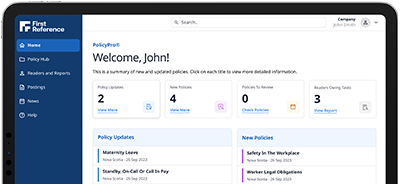
Pay transparency in Ontario: What employers need to know
Simes Law

What is the pay transparency concept?
In general, pay transparency refers to the practice of openly sharing compensation information with current and prospective employees, including salary ranges for specific roles, allowing for open discussion about pay levels and how compensation decisions are made, often with the goal of achieving pay equity and building trust within the workplace; essentially, it means a company is upfront about what employees are paid and how those salaries are determined.
The concept may include other measures for employers to be more open and honest with applicants, candidates and employees.
Ontario law
Ontario has recently announced the effective dates when the new pay transparency and job posting requirements under the Employment Standards Act will be in effect.
Effective July 1, 2025, employers with 25 or more employees must provide to an employee in writing, before the employee’s first day of work or, if not practical, as soon as reasonably possible after the employee’s first day of work, the following information:
- The legal name of the employer, as well as any operating or business name of the employer if different from the legal name.
- Contact information for the employer, including address, telephone number and one or more contact names.
- A general description of where it is anticipated that the employee will initially perform work.
- The employee’s starting hourly or other wage rate or commission, as applicable.
- The pay period and pay day established by the employer in accordance with the “payment of wages” provision of the Ontario Employment Standards Act, 2000.
- A general description of the employee’s initial anticipated hours of work.
The obligation to provide the employment information set out above will not apply to assignment employees (e.g., a temporary worker employed by a temporary help agency).
Effective January 1, 2026, employers with 25 or more employees will have new obligations with respect to publicly advertised job postings, including:
- Information about the expected compensation for the position or a range of expected compensation, except for positions that have an expected compensation amount of more than $200,000 annually. Any compensation range posted must not exceed $50,000 annually.
- Information about whether artificial intelligence is being used to screen, assess or select applicants for a position.
- A statement about whether the posting is for an existing vacancy.
How can employers prepare?
Although these changes are six months to a year away, it is best for employers to begin making changes to their job postings and their new hire packages.
Update your pay ranges to ensure you can continue to attract and retain talent while making consistent pay decisions. It’s also a good idea to run a pay analysis against updated pay ranges to ensure internal pay equity for each existing employee.
By Nadia Halum Arauz, Simes Law
Table of Contents
Compliance Made Easy®

